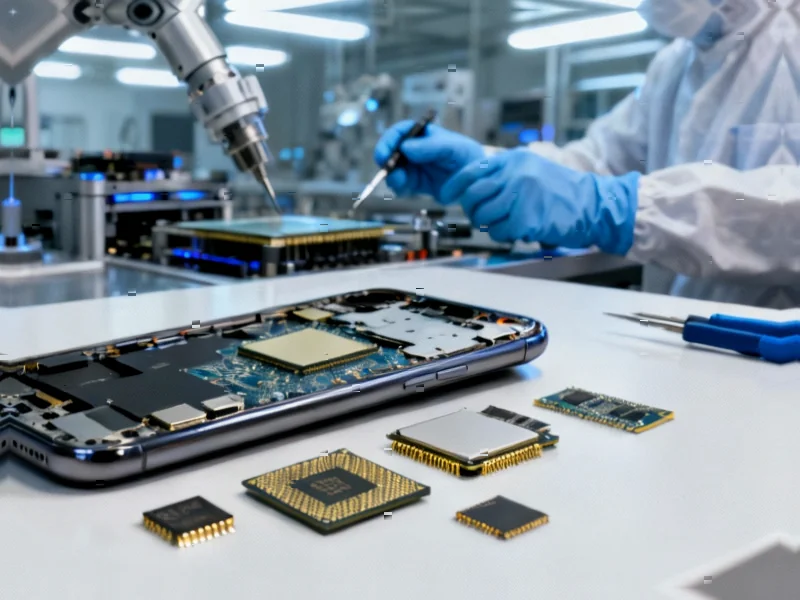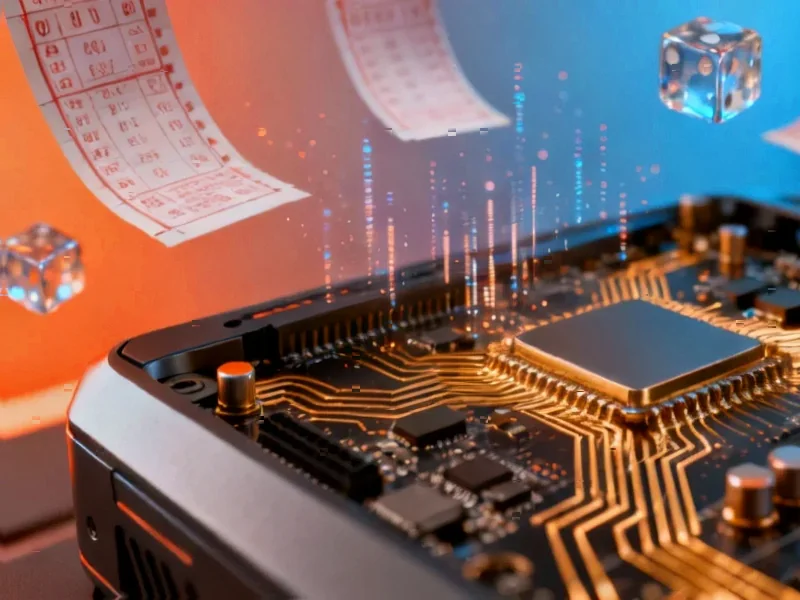According to Wccftech, Samsung’s vertical integration between its semiconductor and smartphone divisions may temporarily shield the Galaxy S26 from price increases despite memory manufacturers planning 5-30% price hikes for DRAM and NAND chips. The company’s internal sourcing structure allows it to absorb some cost pressures that competitors cannot, but industry sources suggest this advantage may be short-lived as market forces eventually compel price adjustments. This situation highlights the complex interplay between Samsung’s unique corporate structure and broader semiconductor market dynamics.
Table of Contents
Understanding Vertical Integration in Semiconductors
Samsung’s vertical integration structure represents one of the few remaining examples of a company controlling both semiconductor manufacturing and consumer device production under one roof. This model, while increasingly rare in the modern tech industry, provides significant advantages in supply chain control and cost management. Unlike competitors like Apple, which designs chips but relies on external foundries, or most Android manufacturers that purchase both chips and manufacturing capacity externally, Samsung maintains control from raw silicon to finished smartphone. This integration becomes particularly valuable during periods of component shortages or price volatility, as the company can prioritize internal customers and manage cross-divisional pricing to optimize overall profitability rather than individual division performance.
Critical Analysis of Samsung’s Position
The fundamental challenge Samsung faces is that its semiconductor division operates in a competitive global market and cannot indefinitely subsidize its mobile division without compromising its own financial performance. As memory prices continue rising industry-wide, the DS division faces pressure to maximize revenue from all customers, including external clients who pay market rates. This creates an internal conflict where the mobile division’s cost savings come at the expense of potential semiconductor division profits. Additionally, Samsung’s foundry business competes directly with TSMC for external customers, meaning it cannot dramatically undercut market pricing without damaging its competitive position in the broader semiconductor manufacturing landscape.
Industry Impact and Competitive Dynamics
The memory price increases affecting the entire industry create a particularly challenging environment for mid-range and budget smartphone manufacturers who lack Samsung’s vertical integration advantages. Companies like Xiaomi, Oppo, and other Android manufacturers face a double squeeze from both Qualcomm’s premium chipset pricing and rising memory costs, potentially forcing them to either absorb margin compression or pass costs to consumers. Samsung’s temporary pricing advantage could allow it to gain market share during the initial Galaxy S26 launch window, particularly if competitors are forced to implement immediate price increases. However, this advantage diminishes as Samsung’s internal cost savings erode and the company must eventually align with market pricing trends.
Long-Term Outlook and Strategic Implications
Samsung’s pursuit of the Exynos 2600 represents a strategic imperative beyond just cost reduction. The company’s ability to control its own chipset destiny becomes increasingly critical as Qualcomm’s pricing approaches levels that challenge smartphone profitability. However, the transition to 2nm GAA technology represents both an opportunity and a risk – while it could provide cost advantages over TSMC’s processes, yield challenges and development costs may initially offset these benefits. The most likely outcome is that Samsung will maintain Galaxy S26 pricing stability through early 2026 using its vertical integration advantages, but will face increasing pressure to implement modest price increases as memory costs continue their upward trajectory and the company balances the financial needs of its separate business units.



